Go the extra mile
Towards a cooler planet
Local community tour packages: sustainable holiday options
2 April 2025
Today, travellers seek enriching experiences that have a positive impact on both communities and the environment. Sustainable journeys create connections between visitors and destinations while safeguarding ecosystems and supporting local populations. Organisations such as Intrepid Travel collaborate with conservation groups to design responsible itineraries. In Shivadwar Village, Nepal, 34% of households participate in homestay programmes developed in partnership with WWF-Nepal.
These initiatives highlight how tourism can contribute to education, wildlife conservation, and infrastructure development. With over 1,000 verified reviews, travellers consistently rate these experiences highly for their authenticity and meaningful impact. From immersing in Morocco’s culture to supporting rainforest preservation in Costa Rica, travellers can choose from a wide range of sustainable adventures across six continents. Each journey adheres to strict sustainability criteria for accommodation and activities, ensuring that the benefits are both far-reaching and lasting.
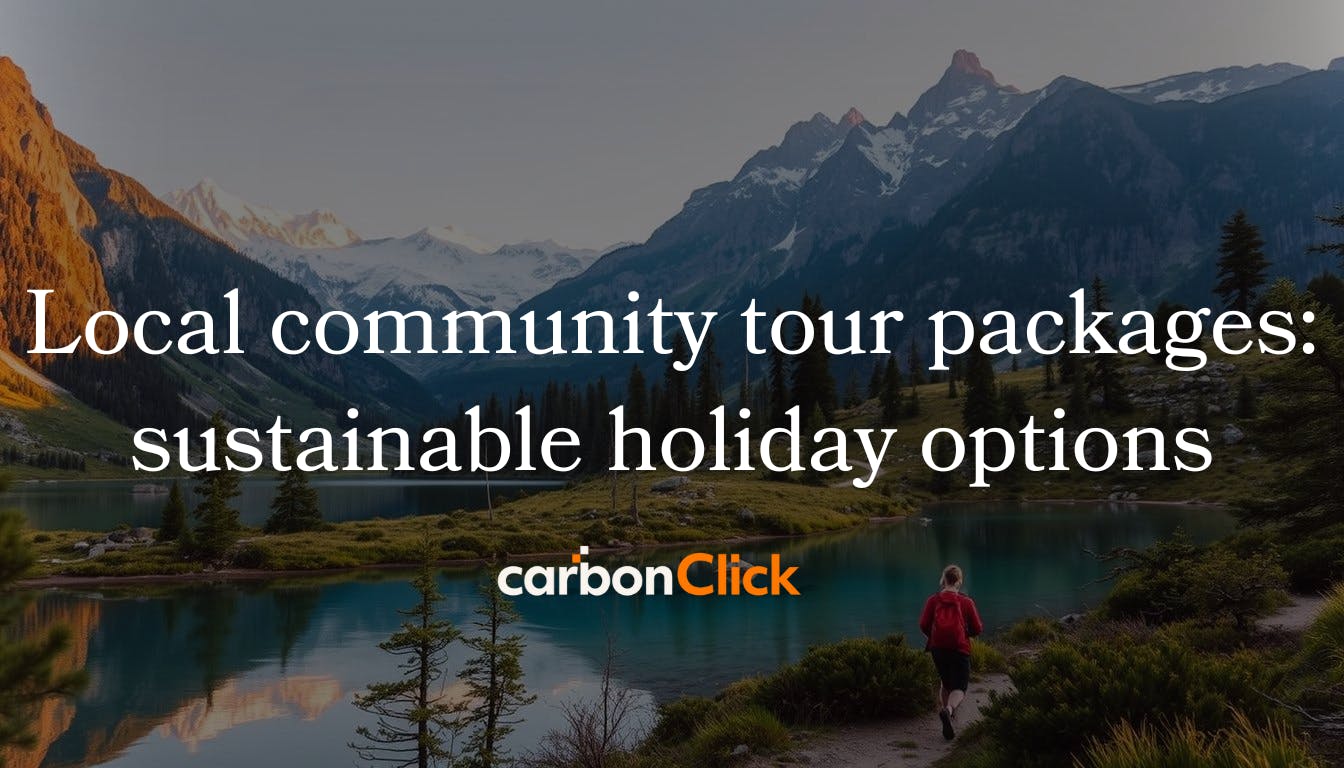
Discover sustainable travel through local community-supported tour packages
Sustainable travel generates long-term benefits for both visitors and local communities. Revenue-sharing models promote fairness, with 60% of funds directed to households, 30% to community projects, and 10% to conservation initiatives.
In Thailand, 15-day voluntours combine work with cultural immersion. Travellers dedicate 8 days to reforestation or educational projects, followed by a period of cultural exchange. This blend of purpose-driven activities appeals to those looking for meaningful travel experiences.
The Galapagos Biological Station exemplifies the impact of sustainable tourism. Their 200-hectare reforestation project not only preserves native species but also involves travellers in hands-on conservation efforts.
Success is measured across four key metrics:
- Income generation for local residents
- Skill development through training and education
- Authentic cultural exchange
- Enhanced local infrastructure
Accommodations differ by region. In Nepal, homestays foster close connections with local families, while eco-lodges in the Galapagos focus on low-impact design. Morocco’s desert camps provide distinctive lodging experiences with minimal environmental disruption.
Operators such as Gracepatt Ecotours take a rigorous approach to vetting their partners. Their five-step process assesses environmental policies, community engagement, and transparency. This careful evaluation has contributed to a 79% repeat booking rate in Kenya.
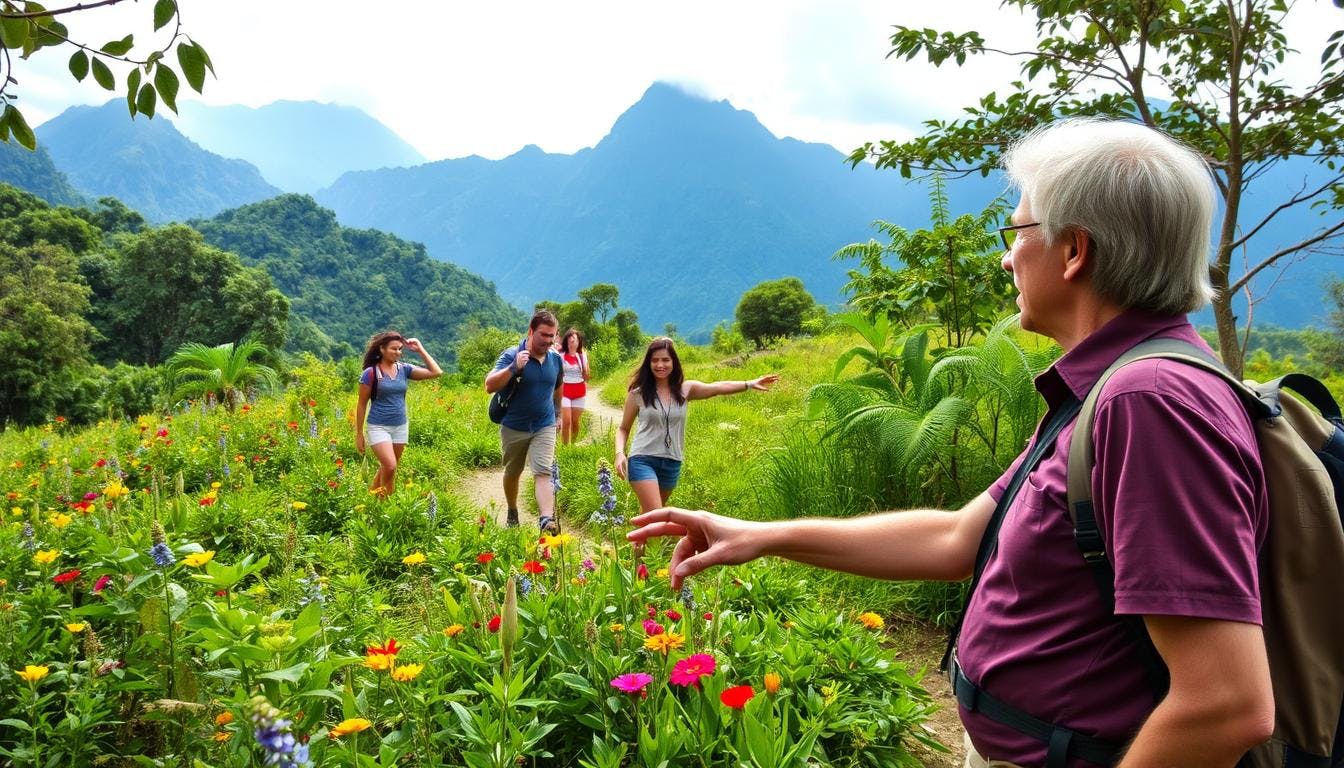
Top sustainable tour packages for your next adventure
Conscious travellers now have a wide array of options for sustainable adventures. These itineraries combine wildlife encounters, cultural immersion, and conservation efforts.
Morocco’s 6-day cultural journey includes a visit to the Hassan II Mosque, while the Galapagos offers a 22-day programme featuring organic farming experiences. Both adhere to rigorous sustainability standards.
Three pricing tiers cater to various budgets:
- Budget: $225 for a day tour in Kenya
- Mid-range: $1,420 for a safari in South Africa
- Premium: $4,430 for a Galapagos cruise
Volunteer opportunities in India focus on empowerment and education, with projects ranging from childcare to teaching and orphan care. Each initiative tracks its impact through metrics such as trees planted or children supported.
Seven UNESCO World Heritage sites are included in these itineraries, with certifications from organisations like the GSTC and Rainforest Alliance ensuring that ethical practices are followed. Small group sizes (6–12 travellers) further reduce the environmental footprint.
Popular options include the 8-day Galapagos multisport adventure ($3,991) and the 15-day Machu Picchu combo ($7,170). These journeys offer a rich blend of activities, such as snorkelling, hiking, and wildlife encounters, enhancing the overall experience.
Wildlife and nature-focused itineraries
Wildlife enthusiasts can find immersive experiences in conservation-focused itineraries. Kenya’s Giraffe Centre and the David Sheldrick Elephant Orphanage offer hands-on rehabilitation programmes. Visitors observe feeding sessions and learn about efforts to combat poaching.
In South Africa, Addo Elephant National Park invites travellers to join anti-poaching patrols. Participants track elephants while supporting ranger teams. Strict safety protocols are in place, including a 30-metre observation distance and a ban on feeding animals.
Four sanctuary types prioritise species protection:
- Elephant (Kenya’s Sheldrick Trust)
- Marine (Galapagos sea lion reserves)
- Forest (Scotland’s Tormore restoration, with a 92% success rate)
- Avian (Nepal’s vulture breeding centres)
Research opportunities include sea turtle tagging in Costa Rica and bird counts in Amazon lodges. Seven programmes focus on protecting endangered species such as rhinos and marine iguanas.
A 14-day itinerary in Cape Town combines marine conservation with penguin colony visits. Activities range from beach clean-ups to kelp forest surveys. Each project is aligned with priorities on the IUCN Red List.
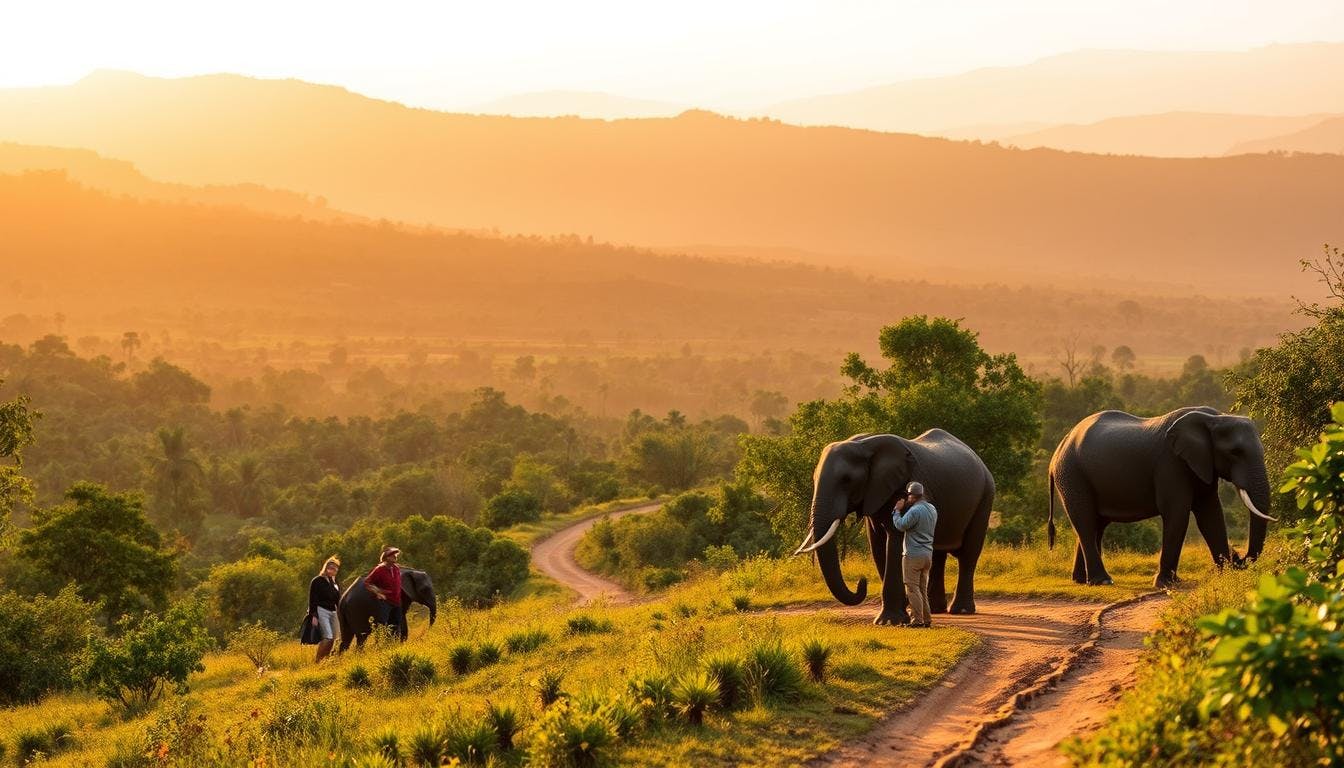
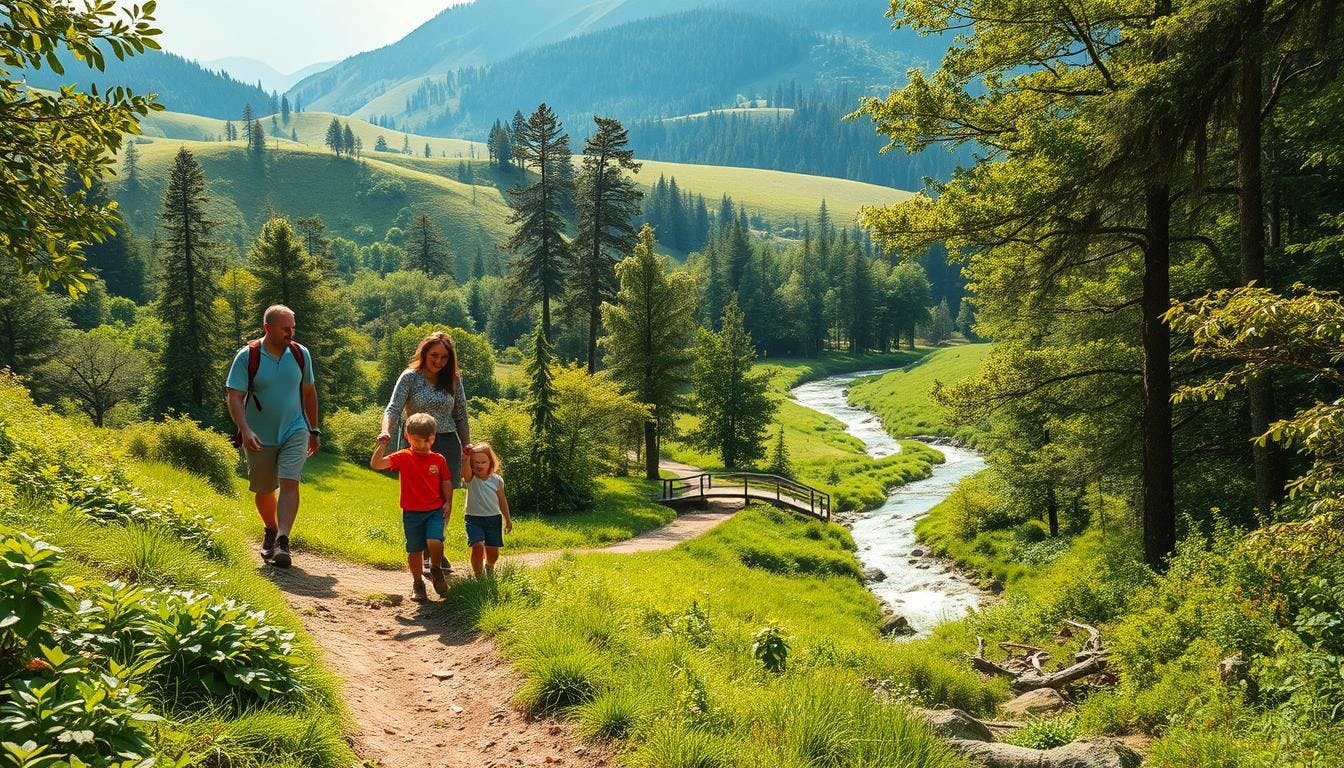
Sustainable tours for families of all ages
Families seeking sustainable vacations can find tailored adventures for all age groups. Programs in Kenya, the Galapagos, and Morocco offer specialised activities for children, teens, and adults.
For ages 5–12: Kenya’s wildlife safaris include junior ranger training and giraffe feeding experiences.
For ages 13–17: Galapagos marine biology programmes feature snorkelling with sea lions.
For ages 18+: Morocco’s cultural immersion includes textile workshops and visits to organic farms.
Safety is a top priority, with certified guides, on-call medical support, and pre-vetted accommodations that adhere to strict standards. Costa Rica’s rainforest excursions maintain a 1:4 guide-to-family ratio for added safety.
Educational elements enhance the experience:
- Swahili language lessons in Kenya
- Traditional pottery-making in Morocco
- Sea turtle conservation workshops in Costa Rica
Accommodation options range from private family suites to shared community lodges. Private rooms offer greater seclusion, while shared spaces encourage cultural exchange.
Intergenerational activities, such as beekeeping in Kenya or group hikes in Nepal, create valuable bonding moments. Risk management for minors includes GPS tracking in wilderness areas and comprehensive emergency response plans.
How community tours empower local economies
Revenue from responsible travel is transforming livelihoods in underserved regions. In Shivadwar Village, Nepal, 34 households saw a 38% increase in income over five years through the Community-Based Tourism (CBT) project.
The income breakdown is as follows:
- Tour fees: 50% of total income
- Handicraft sales: 30%
- Cultural performances: 20%
Guides earn significantly more than in traditional jobs. In Kenya, the average daily wage is $15, while in the Galapagos, guides earn $45. This income not only supports families but also contributes to funding education.
Tourism revenue has facilitated the development of seven vital infrastructure projects:
- Two primary schools
- Three clean water systems
- One health clinic
- Solar power grids
Women’s empowerment programmes are a key focus, offering leadership training and micro-loans. Cooperatives now manage 40% of handicraft sales, which has doubled female participation since 2019.
Operators adhere to strict 60% local procurement policies. Supplies, including food and materials, are sourced from nearby areas, ensuring that funds remain within the local economy.
Digital literacy programmes are helping remote communities learn online marketing, enabling participants to promote their tours independently and reduce their reliance on third-party platforms.

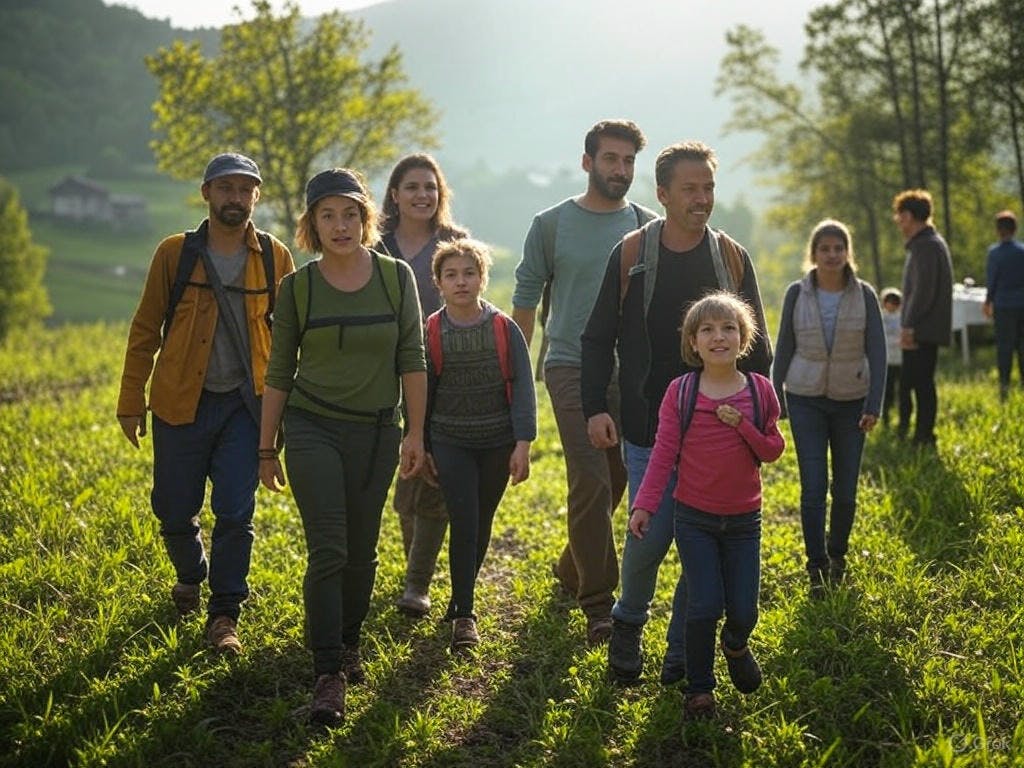
What to expect on a community-supported tour
Adventures with purpose follow structured daily schedules that blend work and exploration. Days typically run from 6am to 8pm, combining activities like reforestation with cultural workshops.
Guides lead small groups, with a 3:1 traveller-to-guide ratio in wilderness areas. Mornings often begin with sunrise hikes, while afternoons focus on hands-on conservation projects.
Cultural etiquette guidelines
- Dress modestly when visiting religious sites (cover shoulders and knees)
- Ask for permission before photographing locals
- Tip guides and drivers $5–$10 per day
- Learn basic greetings in the local language
Meals vary by region. In Nepal, you'll enjoy family-style dal bhat, Morocco offers campfire tagine, and South Africa’s lodges serve farm-to-table buffets.
Essential packing list
- Reusable water bottle with a filter
- Sturdy hiking boots
- SPF 50+ sunscreen
- Quick-dry clothing
- First-aid kit with motion sickness tablets
Emergency protocols include satellite phones and clearly marked evacuation routes. Medical kits are stocked with supplies for common travel ailments.
Transport methods enrich the experience: Camel treks across Moroccan dunes, kayaks navigating Costa Rican rivers, and mountain bikes exploring remote trails in Peru.
Planning your sustainable trip: tips and tricks
Smart preparation makes sustainable travel simple and impactful. Follow these effective methods to reduce your environmental footprint while exploring new destinations.
- Determine flight distance: Use the ICAO’s calculator.
- Add ground transportation Mileage.
- Multiply by emission factors (kg CO2/km).
- Select verified offset projects: Purchase credits through Gold Standard or Verra.
- Compare certification programs for accommodations and operators: Climate Neutral focuses on emissions, Gold Standard verifies community benefits, and Verra certifies forestry projects.
Essential documents to pack:
- Visas for protected areas
- Vaccination records
- Travel insurance with coverage for sustainable travel
- Carbon offset receipts
- Reusable entry passes
- Digital guidebooks
- Copies of sustainability pledges
Reduce waste with three simple techniques:
- Carry portable water filters instead of bottled water.
- Use silicone containers for snacks.
- Pack collapsible utensils.
Four digital tools to enhance responsible travel:
- CO2 calculators to measure the impact of your trip.
- Ethical operator databases listing vetted providers.
- Offline maps to reduce paper use.
- Recycling apps that locate proper disposal points.
Complete a 72-hour pre-trip sustainability briefing:
- Review local conservation rules.
- Learn basic local phrases related to sustainability.
- Download public transport maps.
- Confirm reusable item policies with accommodations.
Adopt plastic-free packing solutions:
- Choose bamboo toothbrushes instead of plastic ones.
- Use solid shampoo bars instead of bottled ones.
- Pack beeswax wraps for food storage.
These strategies help travellers minimise their environmental impact each day. Small changes, when adopted by many, can create meaningful differences.
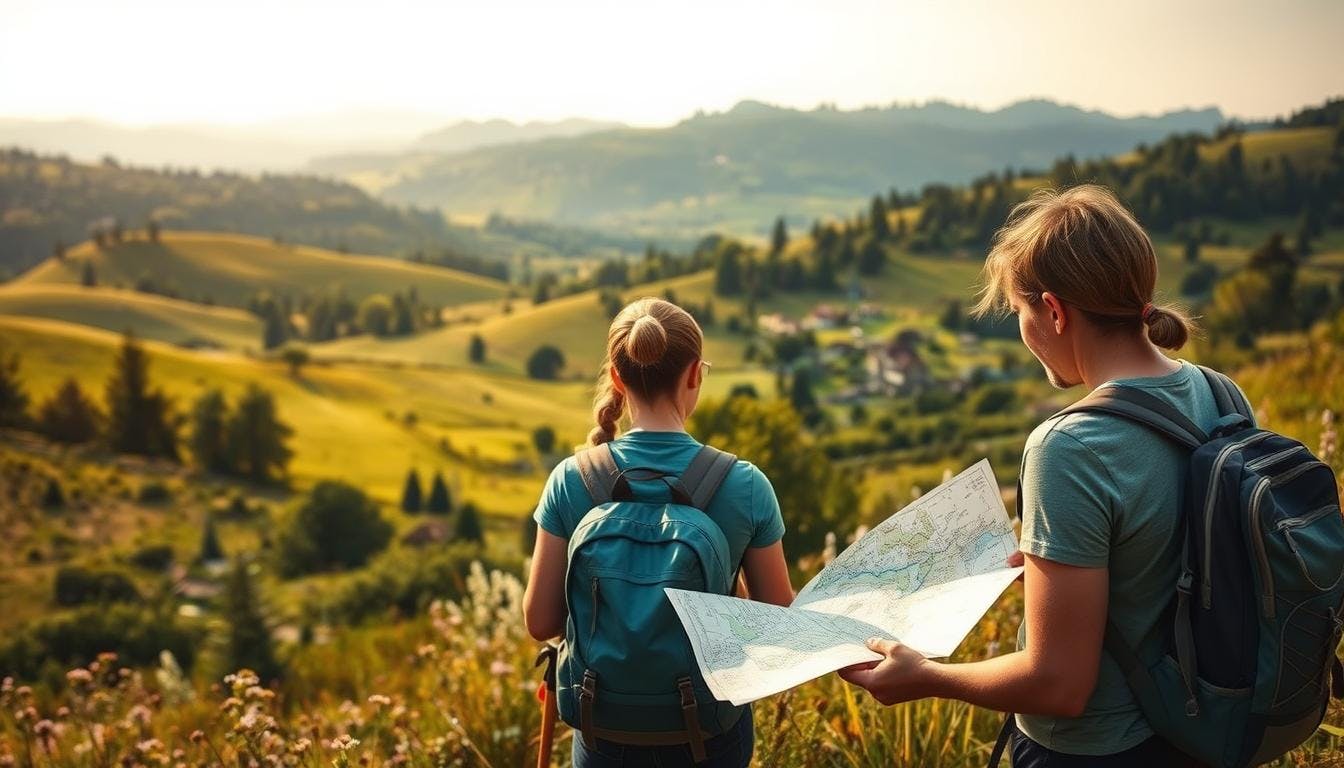

Comparing guided and self-guided ecological tours
Choosing between guided and self-guided adventures impacts cost, flexibility, and safety. Guided trips tend to be 22% more expensive but include expert guidance and logistical support. Independent travel appeals to budget-conscious explorers who are willing to plan their own journey.
Potential challenges of self-guided trips include:
- Language barriers in remote areas
- Difficulty finding routes without local knowledge
- Slower emergency response times
Guided tours offer structured itineraries with fixed schedules, while self-planned trips can range from semi-structured to fully flexible. There are five levels of customisation:
- Fixed group schedules
- Pre-booked lodging with flexible days
- Curated activity bundles
- Route maps with optional stops
- Complete independence
Seven destinations are ideal for DIY exploration:
- Switzerland’s marked alpine trails
- Argentina’s Lake District circuits
- Portugal’s coastal caminhos
- New Zealand’s Great Walks
- Spain’s Camino de Santiago
- Canada’s Banff backcountry
- Japan’s Kumano Kodo
Hybrid models combine both styles. Partial guiding covers more complex segments, while independent days allow for personal discovery. Three popular formats include:
- Support on the first and last days
- Activity-specific experts
- On-call remote assistance
Pre-planned independent tours achieve a 68% satisfaction rate. Enhanced safety options, such as GPS trackers and daily check-ins, help mitigate risks. Four technologies that improve security include:
- Real-time location sharing
- Emergency SOS buttons
- Automated weather alerts
- Offline navigation apps
Budgeting for your sustainable vacation
Sustainable travel costs vary significantly, but with careful planning, expenses can remain manageable. Prices range from $225 for day trips to $4,430 for premium expeditions. Six regions show distinct daily averages:
- South Africa: $85–$120
- Costa Rica: $65–$150
- Nepal: $40–$90
- Galapagos: $200–$350
- Morocco: $55–$130
- Kenya: $70–$180
Three hidden costs often surprise travellers:
- Conservation fees ($15–$50 per park)
- Equipment rentals ($10–$30 daily)
- Community contributions ($5–$20)
Payment options include:
- Upfront (80% of operators)
- Installments (15%)
- Post-trip balances (5%)
Seven strategies to reduce costs include:
- Booking in the off-season for savings of 20–40%
- Group discounts for four or more travellers
- Public transit, which can cut transport fees by half
- Reusable gear, eliminating rental needs
Insurance protects investments, covering trip cancellation for unexpected disruptions and medical evacuation for remote-area safety. Family-friendly policies offer child-specific coverage.
A 12-month savings plan makes preparation easier. Allocate $75–$300 monthly based on your destination. Premium upgrades, such as private guides or exclusive access, may add 15–25% to your budget but enhance the overall experience.
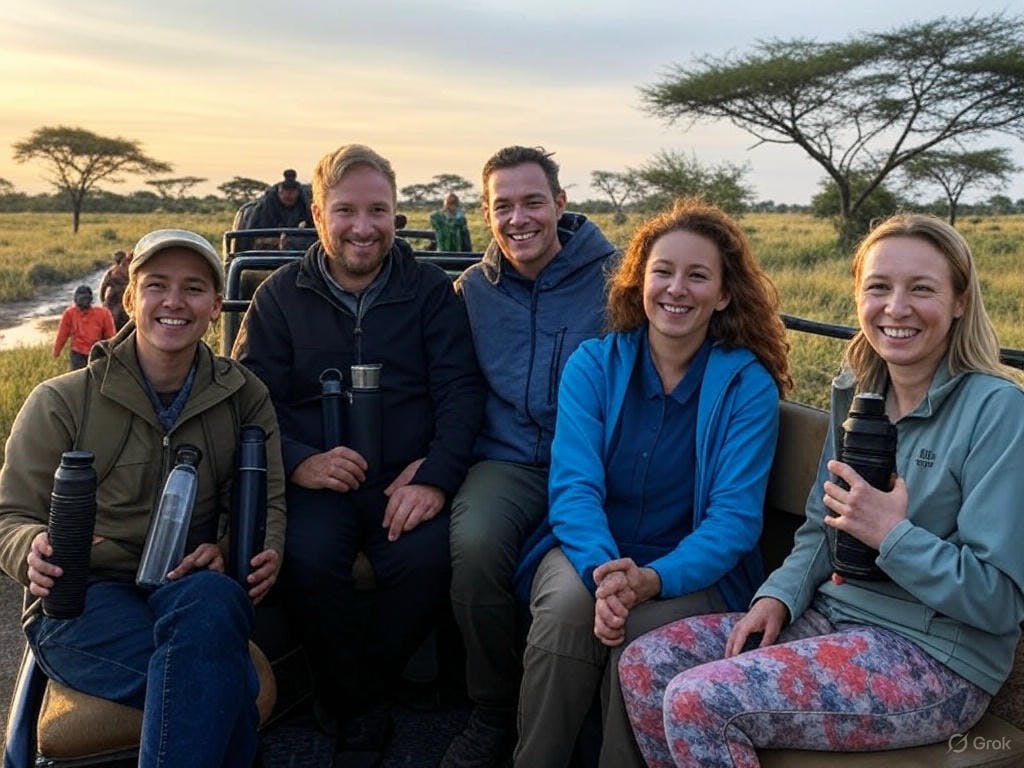
Ready to book your transformative journey?
Begin your journey with confidence through a smooth and straightforward booking process. Three simple steps ensure a tailored experience: consultation, personalisation, and confirmation. Expert advisors assist in matching your preferences with guided tour options.
Access seven essential pre-departure resources, including packing lists and language guides. Post-trip engagement includes alumni networks and impact reports. Payment security is assured through SSL encryption and escrow services.
A 14-day cancellation policy contributes to local initiatives—contributions support community projects. Loyalty benefits include repeat discounts and referral rewards. Current promotions offer 10–25% off with codes such as G25GAV020ANT02 (valid until 2026).
Verified reviews showcase memorable experiences, from expert guides to breathtaking routes. Secure your place today and embark on a journey that combines adventure with purpose.
17 South Street
Auckland 1010
New Zealand
info@carbonclick.com- -
- X
Sign up. Be inspired. Get clicking.
Subscribe now to stay up to date with CarbonClick, carbon offsetting and climate action.
By signing up you agree to our Privacy Policy.


